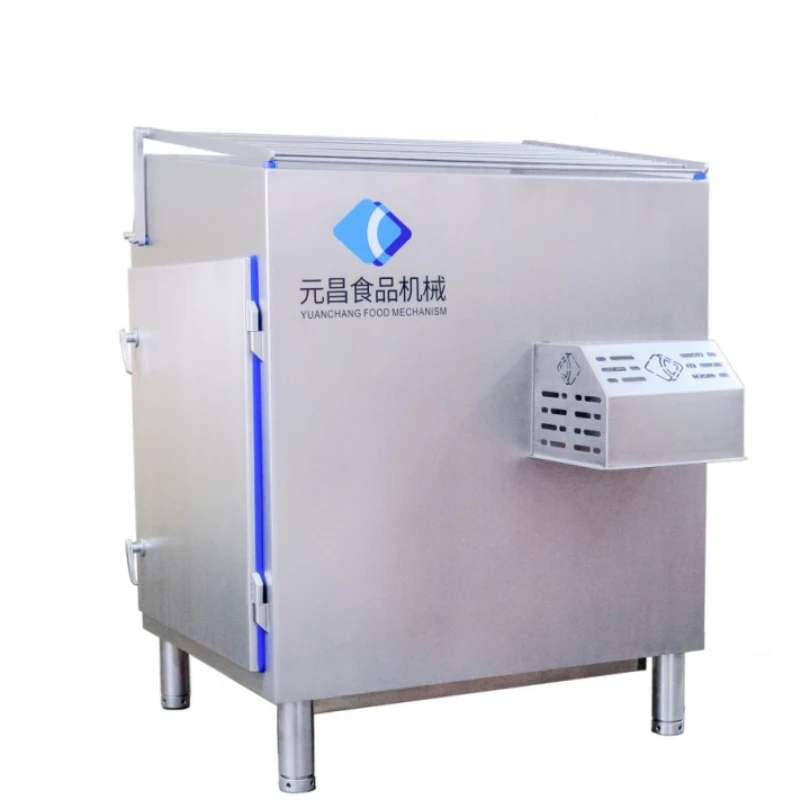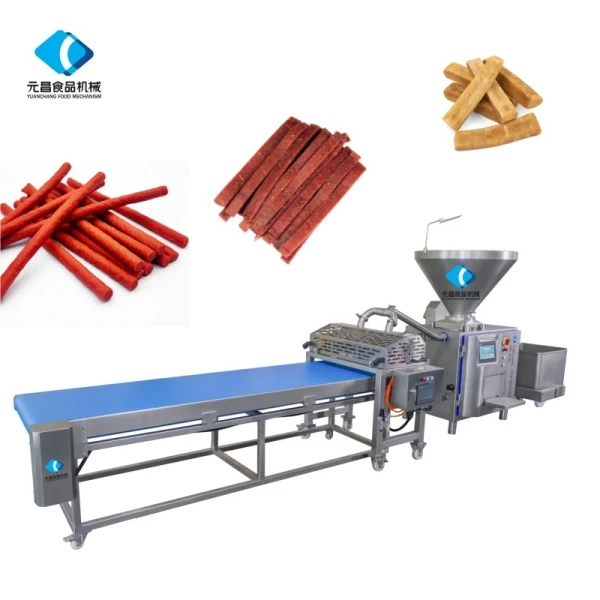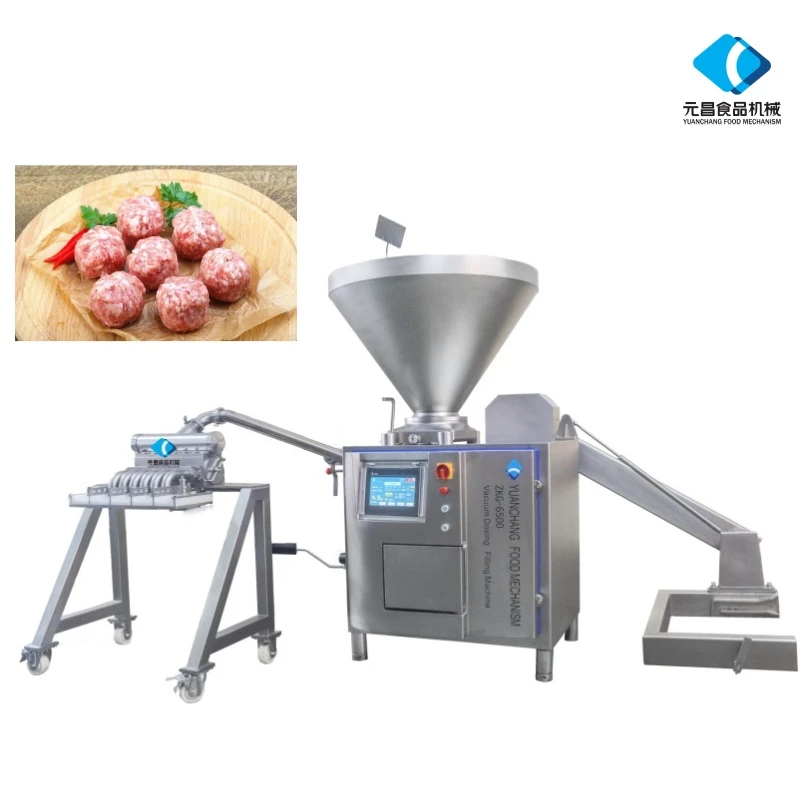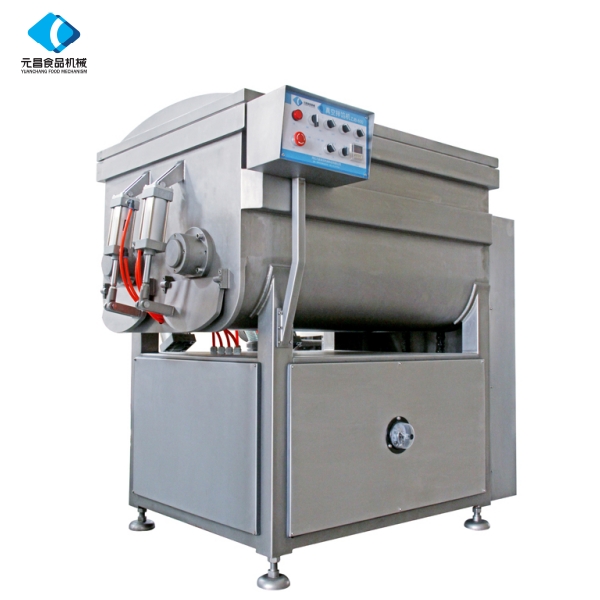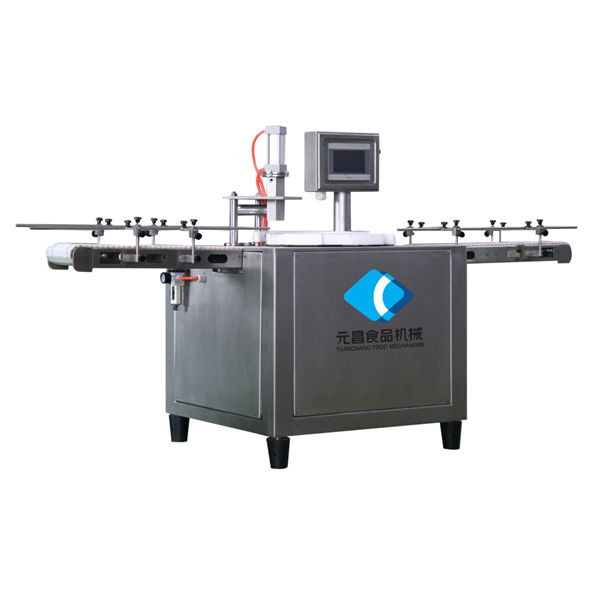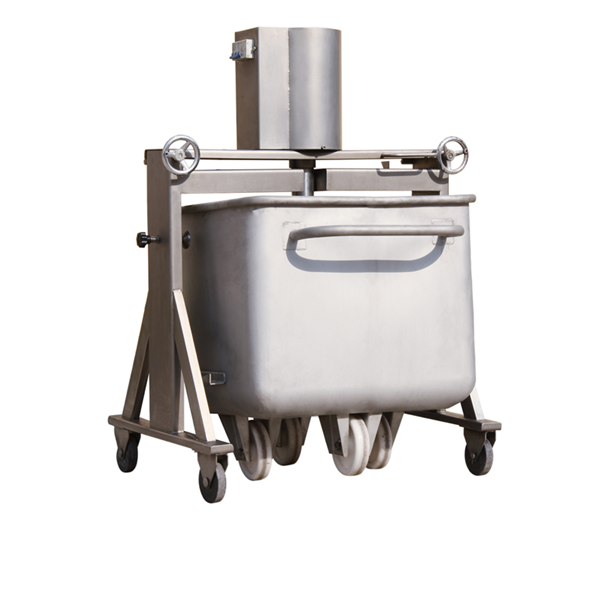- Afrikaans
- Albanian
- Amharic
- Arabic
- Armenian
- Azerbaijani
- Basque
- Belarusian
- Bengali
- Bosnian
- Bulgarian
- Catalan
- Cebuano
- chinese_simplified
- chinese_traditional
- Corsican
- Croatian
- Czech
- Danish
- Dutch
- English
- Esperanto
- Estonian
- Finnish
- French
- Frisian
- Galician
- Georgian
- German
- Greek
- Gujarati
- haitian_creole
- hausa
- hawaiian
- Hebrew
- Hindi
- Miao
- Hungarian
- Icelandic
- igbo
- Indonesian
- irish
- Italian
- Japanese
- Javanese
- Kannada
- kazakh
- Khmer
- Rwandese
- Korean
- Kurdish
- Kyrgyz
- Lao
- Latin
- Latvian
- Lithuanian
- Luxembourgish
- Macedonian
- Malgashi
- Malay
- Malayalam
- Maltese
- Maori
- Marathi
- Mongolian
- Myanmar
- Nepali
- Norwegian
- Norwegian
- Occitan
- Pashto
- Persian
- Polish
- Portuguese
- Punjabi
- Romanian
- Russian
- Samoan
- scottish-gaelic
- Serbian
- Sesotho
- Shona
- Sindhi
- Sinhala
- Slovak
- Slovenian
- Somali
- Spanish
- Sundanese
- Swahili
- Swedish
- Tagalog
- Tajik
- Tamil
- Tatar
- Telugu
- Thai
- Turkish
- Turkmen
- Ukrainian
- Urdu
- Uighur
- Uzbek
- Vietnamese
- Welsh
- Bantu
- Yiddish
- Yoruba
- Zulu
High-Speed Sausage Cutting Machine | Precise & Durable Slicers
Industry Evolution of Sausage Cutting Systems
Over the past decade, the meat processing industry has witnessed a transformative shift toward automation. The Sausage cutting machine has evolved from basic manual cutters to sophisticated systems with precision engineering capabilities. Hebei Yuanchang Food Mechanism & Technology Co., Ltd., a leader in food processing machinery, has pioneered several innovations in this field.
Advanced technologies now incorporate vision systems that automatically detect natural curves in sausage chains, optimizing cuts to reduce waste. The latest trend involves Industry 4.0 integration, allowing sausage cutting machines to communicate with other production line equipment for synchronized operations.
Hebei Yuanchang: Engineering Excellence Since 2015
A global exporter with installations in 37 countries, Yuanchang specializes in designing machinery for consistent food processing with uncompromised safety standards. Their flagship Sausage Cutting Machine features:
- Triple sickle-shaped blade technology
- AI-powered length calibration system
- Food-grade stainless steel construction (AISI 304)
- Auto-cleaning and sanitation protocols
- Industry-leading cutting precision (±0.2mm)
According to the Journal of Food Engineering (2023), "Automated cutting equipment has reduced meat processing waste by 12-15% industry-wide while increasing throughput efficiency by up to 30% compared to manual methods." These statistics are reflected in Yuanchang's installation success with major processors like Tyson Foods and Hormel.
Technical Specifications Analysis
The sausage cutting machine has evolved beyond mere production tools to become complete automated systems. The Yuanchang Model SC-3000 features proprietary blade oscillation technology operating at 2,500 cuts per minute with precision that maintains product integrity.
Performance Parameters Comparison
| Parameter | Standard Models | Premium Models | YC SC-3000 |
|---|---|---|---|
| Cutting Capacity | 800-1,200/min | 1,600-2,000/min | 2,200-2,500/min |
| Length Accuracy | ±1.5mm | ±0.8mm | ±0.2mm |
| Diameter Range | 15-40mm | 10-60mm | 8-75mm |
| Power Consumption | 3.5kW | 2.8kW | 2.2kW |
| Changeover Time | 20-25 min | 10-15 min | 3-5 min |
European Food Safety Authority (EFSA) certification requires materials that withstand daily industrial sterilizations. All Yuanchang sausage cutting machines exceed these standards with AISI 304 stainless steel components and FDA-compliant contact surfaces.
Application Scenarios & Productivity Impact
The adaptability of modern sausage cutting machines makes them invaluable across multiple production contexts:
Industrial Processing Plants
Continuous operation capabilities at 20 hours/day enable throughput up to 5 tons/hour. The YC SC-3000's servo-guided conveyance eliminates position drift that causes irregular cuts.
Artisanal Producers
Small-batch mode programming preserves texture integrity for premium charcuterie. Automatic collagen casing detection prevents blade contact with inedible packaging elements.
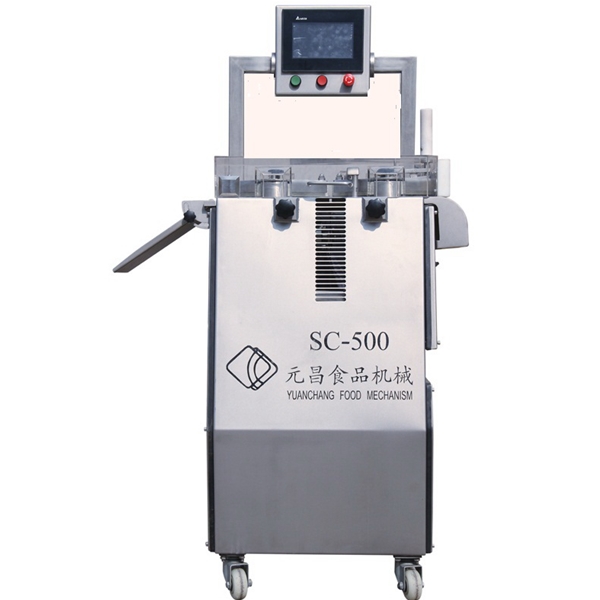
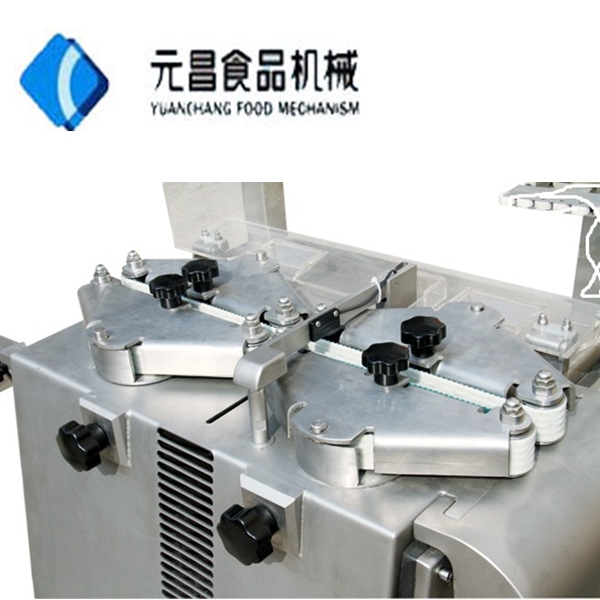
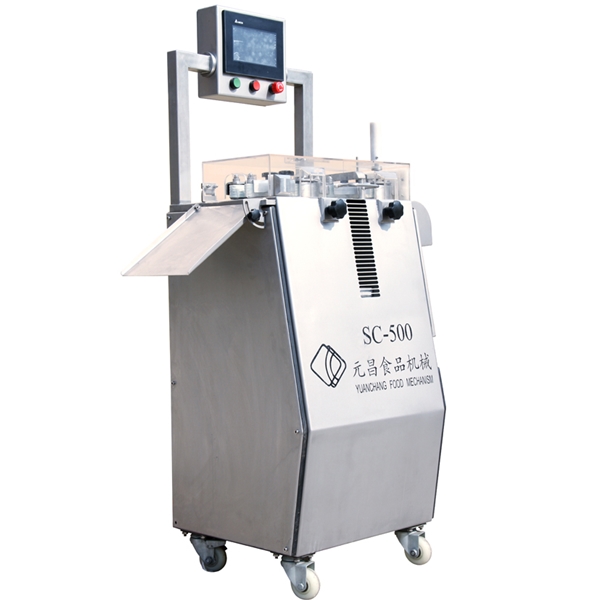
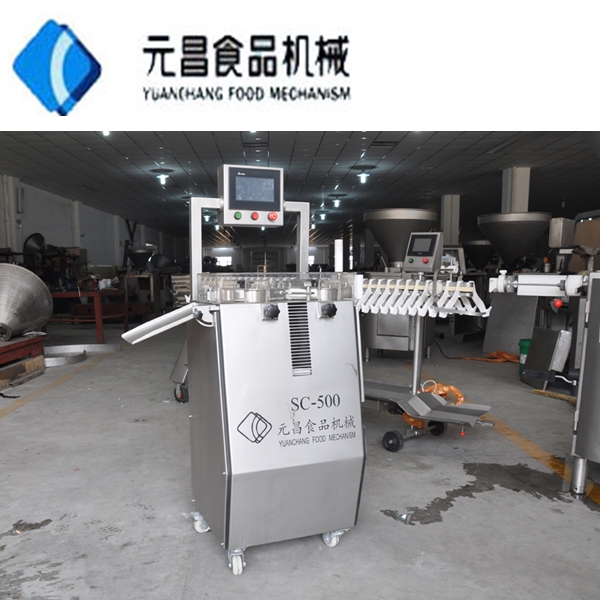
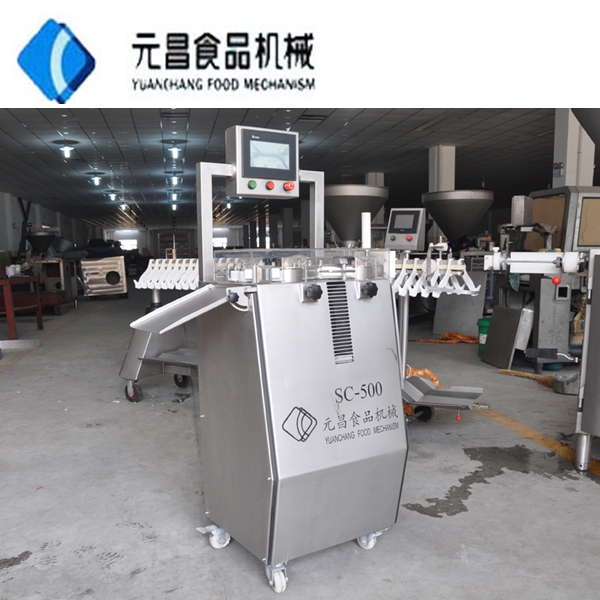
A recent case study published in Meat Science Monthly demonstrated how Poland's Wilmar Foods achieved 18% higher yield after implementing Yuanchang's smart cutting systems. The patented "3-sickle blade" design significantly reduces pressure deformation, preserving product weight at cutting points.
Technical Innovation Breakthroughs
Beyond standard specifications, several engineering innovations differentiate modern sausage cutting machines:
Dynamic Tension Control
Automatically adjusts conveyor resistance based on sausage casing thickness and filling density. This innovation solved the historical problem of compressed ends that resulted in up to 5% product loss.
Moisture Management System
Patented spray technology maintains optimal blade surface conditions, preventing protein adhesion that causes irregular cuts after prolonged operation. This system extended continuous operation time by 300% during JBS South America's validation trials.
International Journal of Food Science research confirms: "Blade geometries specifically engineered for collagen versus natural casings improve yield by 6.2-7.8%." Yuanchang's tool-free blade cartridge system allows production managers to switch configurations in under 90 seconds.
Expert Technical FAQ
What stainless steel grade is required for food safety compliance?
AISI 304 (ISO 1.4301) is the minimum standard for direct food contact surfaces. Yuanchang machines use 304L (low carbon) for superior corrosion resistance in high-chloride cleaning environments.
How are blades sharpened and what's the maintenance frequency?
Using diamond-coated grinding wheels calibrated to 15° cutting angle. Under normal operation (18 hours/day), blades require sharpening every 60-75 production hours. Quick-release cartridges enable offline servicing.
What electrical specifications are required for installation?
380V±10% three-phase power (50/60Hz compatible). Dedicated 32A circuit with protective earth. Our engineers provide detailed site preparation documents before installation.
Are there sanitation protocols for allergen management?
All units include CIP capabilities with 4-stage cleaning cycles: pre-rinse (45°C), alkaline wash (65°C), acid neutralization (55°C), and final sanitization. Validation ports allow ATP swab testing.
How does the SC-3000 handle varying sausage flexibility?
Our proprietary optical scanning detects product compression modulus 800 times/second. The servo-controlled feed system instantly adjusts tensioning force to match casing properties.
What safety certifications does the equipment carry?
CE Machinery Directive 2006/42/EC, UL standards for North America, and GB2760 for China. Safety Category 4 PL=e per ISO 13849 with dual-channel monitoring.
How does temperature affect cutting precision?
All critical components include thermal compensation algorithms. The tolerance stabilization system maintains ±0.15mm accuracy across 5-40°C operating environments.
Future Development Trajectory
As meat alternatives gain market share, the next frontier for sausage cutting machines involves handling diverse materials. Yuanchang's R&D division is pioneering adaptive blade harmonics that can instantly reconfigure between traditional meat and plant-based products.
Industry reports indicate that 68% of major processors plan AI integrations within the next three years. Our development pipeline includes cloud-based performance analytics that predict blade wear patterns and automatically schedule maintenance before accuracy degrades.
Optimize Your Production Line Today
Hebei Yuanchang provides complete engineering support from equipment selection to installation validation. Contact our technical team for personalized efficiency analysis:
0086-15830991513 | ycmeatmech@gmail.com
Academic & Industry References
[1] Journal of Food Engineering. (2023). "Optimization of Cutting Parameters for Sausage Production Automation" doi.org/10.1016/j.jfoodeng.2023.03.017
[2] Meat Science Monthly. (2023). "Case Study: Yield Enhancement Through Precision Cutting Systems" doi.org/10.1016/j.meatsci.2023.03.005
[3] International Journal of Food Science. (2022). "Material Engineering Solutions for Meat Processing Equipment" doi.org/10.1111/ijfs.15893
[4] European Food Safety Authority. (2022). "Safety Standards for Food Contact Surfaces" efsa.europa.eu/en/topics/topic/food-contact-materials
-
Premium Industrial Smoke House Machine | Efficient Smoking EquipmentNewsJul.25,2025
-
Vacuum Bowl Cutter ZKZB-125-Hebei Yuanchang Food Mechanism & Technology Co., Ltd.|Precision Efficiency&HygieneNewsJul.23,2025
-
Vacuum Bowl Cutter ZKZB-125: Meat Processing Efficiency|Vacuum Technology&Precision CuttingNewsJul.21,2025
-
Vacuum Bowl Cutter ZKZB-125: Meat Processing Efficiency|Vacuum Technology&Precision CuttingNewsJul.21,2025
-
Vacuum Bowl Cutter ZKZB-125: Meat Processing Efficiency|Vacuum Technology&Precision CuttingNewsJul.21,2025



